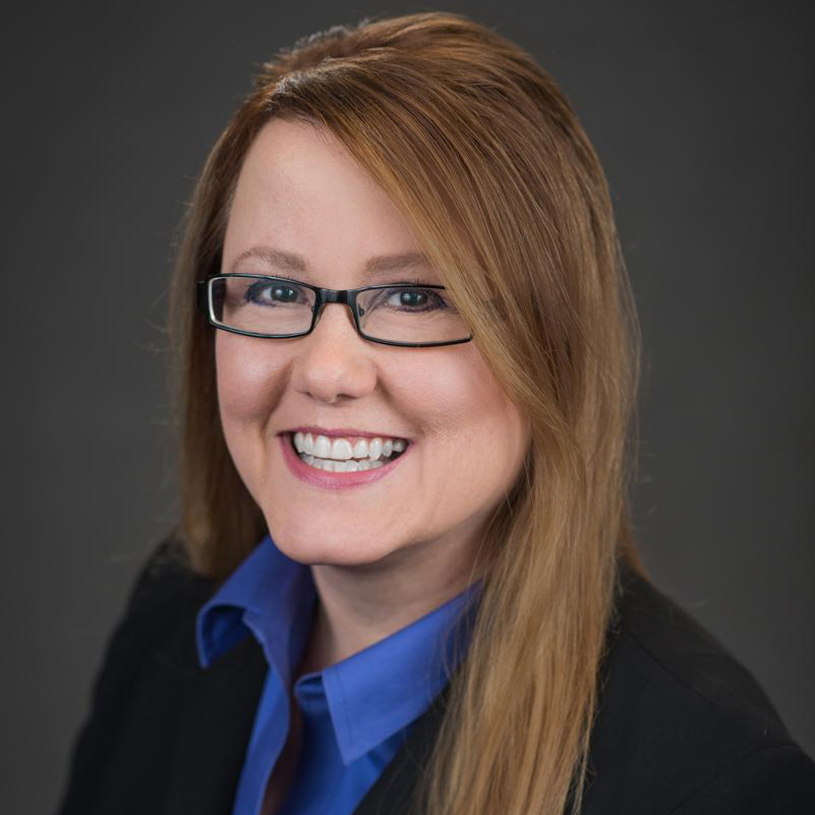
Regardless of how anyone personally feels about the vaccination-and-testing emergency temporary standard recently stayed by the U.S. Supreme Court, its effects, and the effects of the High Court ruling, still linger.
The view from 10,000 feet from three attorneys who wrote an opinion piece in this week’s Journal of the American Medical Association is that “[b]y limiting the federal government’s ability to flexibly protect public health, the justices gave themselves an outsize role in formulating federal health policy, with significant ramifications that will remain long after the pandemic ends.”
A more immediate issue for larger senior living and other employers, however, is the potential effect on corporate culture.
As an article in Compliance Week noted this week, companies that operate in multiple states now will be dealing with “a patchwork quilt of state, local, and city requirements” for testing, vaccination and even mask-wearing that could mean “different rules at different facilities within the same organization.”
“All the energy that used to go into ‘one culture,’ to be more consistent across all facilities, this decision has really fractured that,” Devjani Mishra, a leader of Littler’s COVID-19 Task Force and its Vaccination Working Group, told the publication.
Of course, beyond corporate culture considerations, keeping track of requirements that vary per locale is nothing new for multi-state senior living operators. For those who were hoping that the OSHA mandate would mean that vaccine requirements would not be on the to-do list, the Supreme Court decision means they will have to wait a little — and maybe a lot — longer. But LeadingAge and AARP are among the groups maintaining lists of various state restrictions related to the coronavirus to try to make the task easier.
What’s to come is uncertain. As Argentum noted in a message posted online on the day of the Supreme Court vote, “The mandate could eventually come before the Supreme Court again, but today’s decision indicates that the Court would likely rule against the [emergency temporary standard] again should that happen.”
Still, a more tailored mandate that affects long-term care could be on the way, and even if not, the Labor Department has indicated that it plans to “vigorously enforce” existing rules, regulations and policies, as well as issue new ones, to ensure that employers protect their workers during the pandemic. (See this article to read what two attorneys told me.)
For senior living employers left to make their own mandate-related decisions in a perennially challenging recruiting and retention environment exacerbated by the pandemic, it’s up for debate whether or not the net effect of vaccine mandates favors organizations when one factors in workers who don’t want an employer telling them what to do as well as workers who appreciate a company with a culture that includes prioritizing the health and safety of employees and residents.
Numerous senior living operators already have implemented vaccine mandates — and some even have issued booster requirements. The industry associations generally support such mandates.
Because senior living is an environment where older adults live, operators certainly have a pro-vaccine case to make if they choose to make it. So providers that have not issued a mandate and were hoping to use OSHA as cover to do so will need to devise another plan of action, at least for now.
Lois A. Bowers is the editor of McKnight’s Senior Living.

